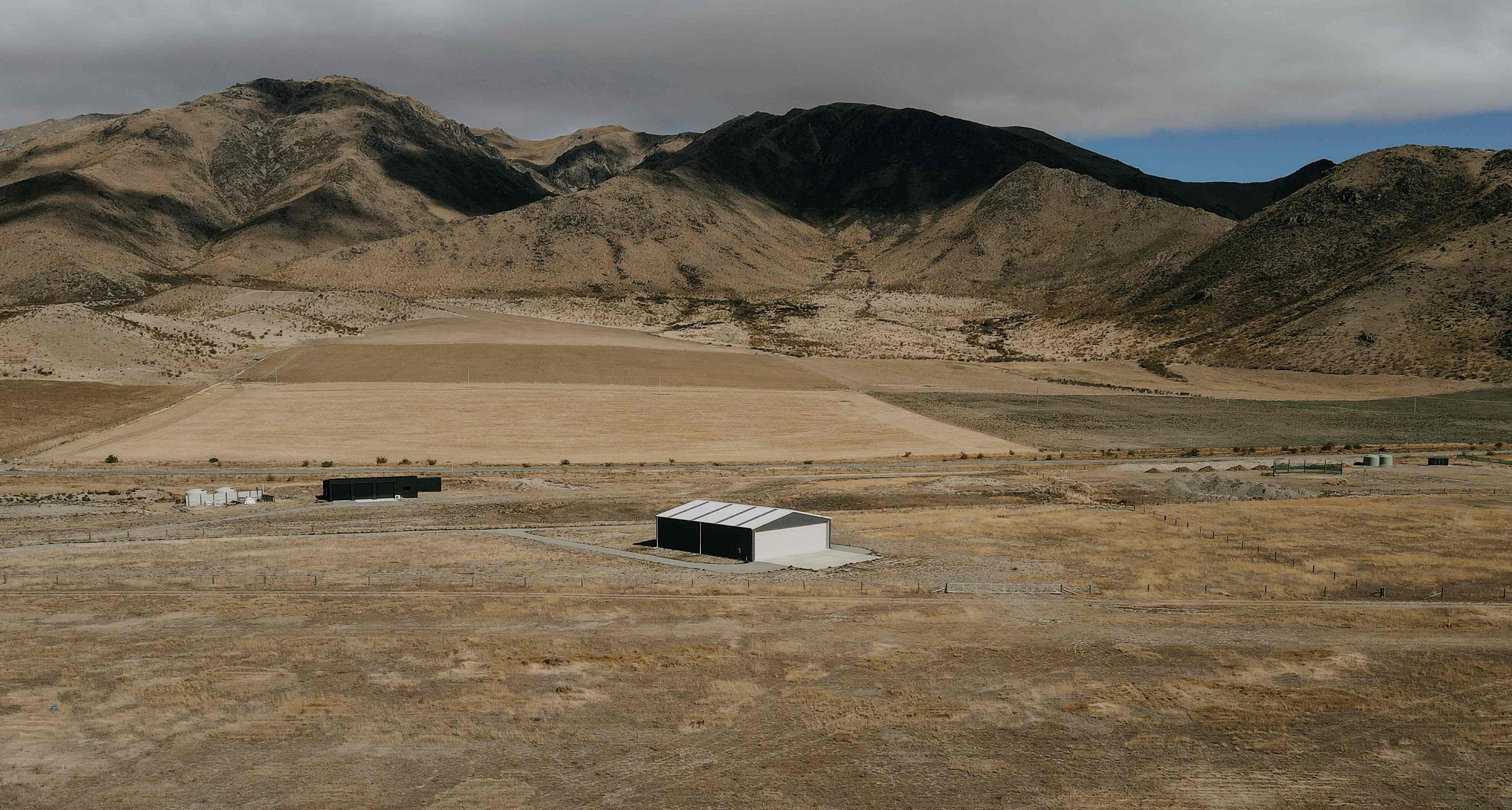
When building a shed, there’s a lot to take into account. From choosing the correct building materials to completing siteworks, there are multiple factors to consider to ensure that you get a shed that will meet your needs, now and in the future.
1. Design
Building Materials
Choosing the best shed system is one of the most critical decisions in the process. What you choose will have a significant impact on the building's longevity, protection of your assets and the land resale value. Building material such as structural steel (6-12mm thick) is less likely to rust or deteriorate over time, while opting for timber poles and framing makes for a quiet, comfortable and enjoyable working environment.
Learn more about the difference between timber and steel sheds here.
Size
The size and span of your shed need to be considered to ensure your shed can accommodate workbenches, implements, trucks, and more while ensuring enough space and height to manoeuvre your gear with ease. It is important to think about future purchases of equipment, especially the height of any new equipment.
Adding a bay or two to a shed is relatively easy, however, it will always cost more to add on than it does to build the shed a little larger in the beginning. The height of the shed and especially the door height is critical to get right because this cannot be altered after the shed is built.
Concrete Floor
For concrete flooring, a thickness of 100mm is sufficient for cars and small tractors. If you intend on storing larger tractors, trucks, or other heavier vehicles in your shed, we recommend increasing the thickness of the floor to 150mm. Some car hoists require a 150mm thick slab, if you intend on having a car hoist in your shed, check the specs and make sure you at least increase the thickness of the slab where the hoist is situated.

2. Site and Ground Conditions
When building a shed, it is important to choose a site that has good quality, and original ground (minimal back-fill). For example, building on soft, sandy, or marshy ground may require engineered footings which can increase the cost of the shed considerably depending on the softness of the ground.
We recommend talking to a Geo engineer if you are unsure of the ground quality. They will be able to carry out a geo tech report on the soil which will provide the shed supplier with the necessary information to design the footings to spec. It is quite likely that the council will need to see a geo tech report of your site before they issue the building consent.
Any site within 500m from the coast or estuary may require coastal-grade cladding due to corrosive sea spray, in some cases, stainless steel fixings may be required. If your shed is located in any area that experiences high wind and/or snow, the design will need to be altered to withstand the force of the wind and the weight of the snow.
3. Council and Resource Consent Requirements
Some buildings don’t require council consent, although they must meet certain regulations. The majority of sheds will need a building consent whereas some projects may need a resource consent as well. Click HERE to find out the difference between a building consent and a resource consent.
With boundary setbacks, buildings must maintain a certain distance from the road and neighbouring boundaries. If you are unsure what your boundary setbacks are, talk to the team at Alpine, we can often source this information for you. Otherwise, talk to your local council as they will have this information on file.
In areas like Mt. Cook, Hamner, and Central Otago, the council may require your shed to be a certain colour to match the surroundings and reduce its visual impact. Once again, If you are unsure, speak with your shed provider or your local council.
Flood Zones
If your property is within a flood zone, and deemed as high risk, you may be unable to build on your property. In lower-risk zones, the height of your foundations may have to increase, increasing the cost of earthworks. It’s best to investigate this by contacting your local council before you get too far ahead with the design process.
Stormwater
All buildings require a statement as to where stormwater will go, so it’s important to consider where your stormwater will go before building. Options include water flowing straight to the ground (no guttering), piped/channelled water to a swale or natural watercourse, piped to soak-pit/s via a 100mm stormwater pipe, or a connection into your existing stormwater system.
4. Earthworks and Site Preparation
Before building a shed, earthworks will have to be carried out. For example, if a concrete floor is required, then the topsoil must be scraped away and gravel will need to be spread out and compacted. If your build platform has sloping ground, more extensive site works and even retaining walls may be required.
If you have any drainage in the concrete slab, then any plumbing and/or drainage work will need to be carried out before the shed is built. Other factors such as electrical wiring can be carried out anytime after the build is completed.
For more information or to discuss your upcoming project with an expert, our team is more than happy to answer any other questions you may have. You can contact us on 0800 428 453 or you can download our Buyer’s Guide for a large range of industry expertise, knowledge and recommendations.










